While much progress has been made in the way of caring for prematurely-born babies, these infants still face a greater risk of disability and death compared to those carried to full-term. To help reduce these risks, researchers at the Children’s Hospital of Philadelphia (CHOP) have developed a womb-like device which mimics the environmental conditions found inside the uterus.
Filled with prenatal fluid, the device is designed to provide a protective environment to allow premature babies to continue developing their lungs and other vital organs. Fetal lambs were used to test the extra-uterine device due to the similarities in lung development compared to human babies.
“Our system could prevent the severe morbidity suffered by extremely premature infants by potentially offering a medical technology that does not currently exist,” said senior author Dr. Alan W. Flake, a fetal surgeon and director of the Center for Fetal Research in the Center for Fetal Diagnosis and Treatment at CHOP. The researchers published the details of their preclinical study in the journal, Nature Communications.
The transparent bag-like device supports a developing fetus in a temperature-controlled, almost sterile environment. A gas exchange machine connected to the umbilical cord helps to filter the blood, and a whole host of monitors measure vital signs and provide physiologic support.
One in every 10 births in the US occurs before the mother reaches 37 weeks of gestation, and the baby is considered to be premature. However, 30,000 babies each year are born before 26 weeks, making them extremely premature. These infants in particular are at an increased risk of death, and may develop health problems such as cerebral palsy which can be attributed to their extreme prematurity.
“These infants have an urgent need for a bridge between the mother’s womb and the outside world,” said Flake. “If we can develop an extra-uterine system to support growth and organ maturation for only a few weeks, we can dramatically improve outcomes for extremely premature babies.”
Eight fetal lambs at the human equivalent of 23 to 24 weeks gestation have so far been used to test the device. While the womb-like device is designed to support fetal growth and development for just a few weeks, the system has been operational for up to 28 days at a time. The animals incubated in the device displayed the hallmarks of healthy growth, including normal breathing, neurological function and organ maturation.
The device could help doctors improve survival in preterm infants, however the researchers stress that the system will not extend viability to an earlier point before 23 weeks. “This system is potentially far superior to what hospitals can currently do for a 23-week-old baby born at the cusp of viability,” said Flake. “This could establish a new standard of care for this subset of extremely premature infants.”

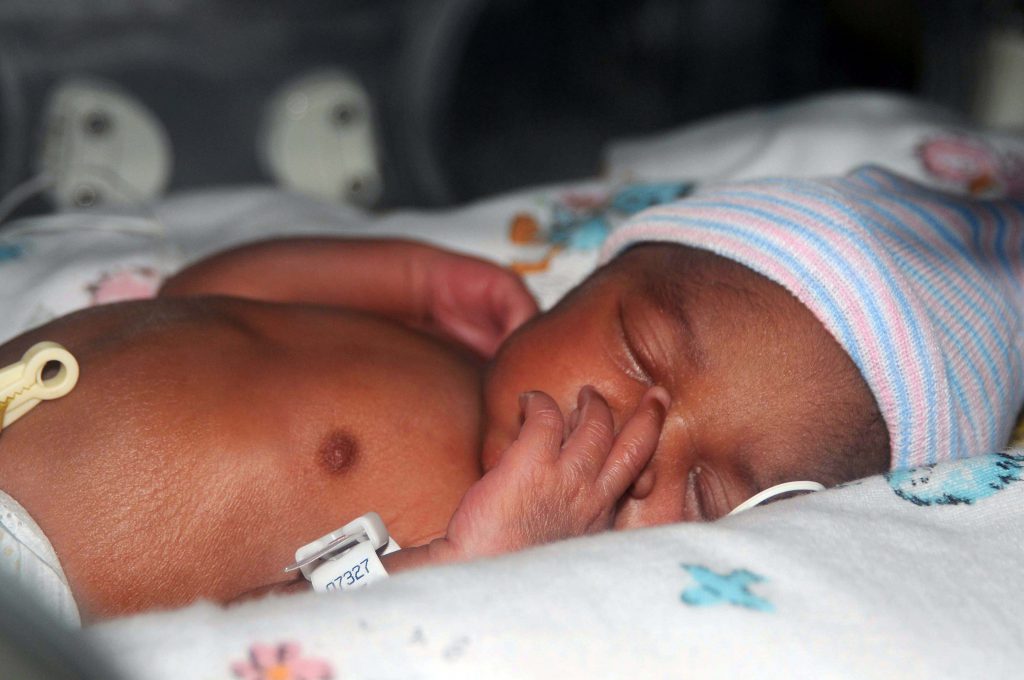
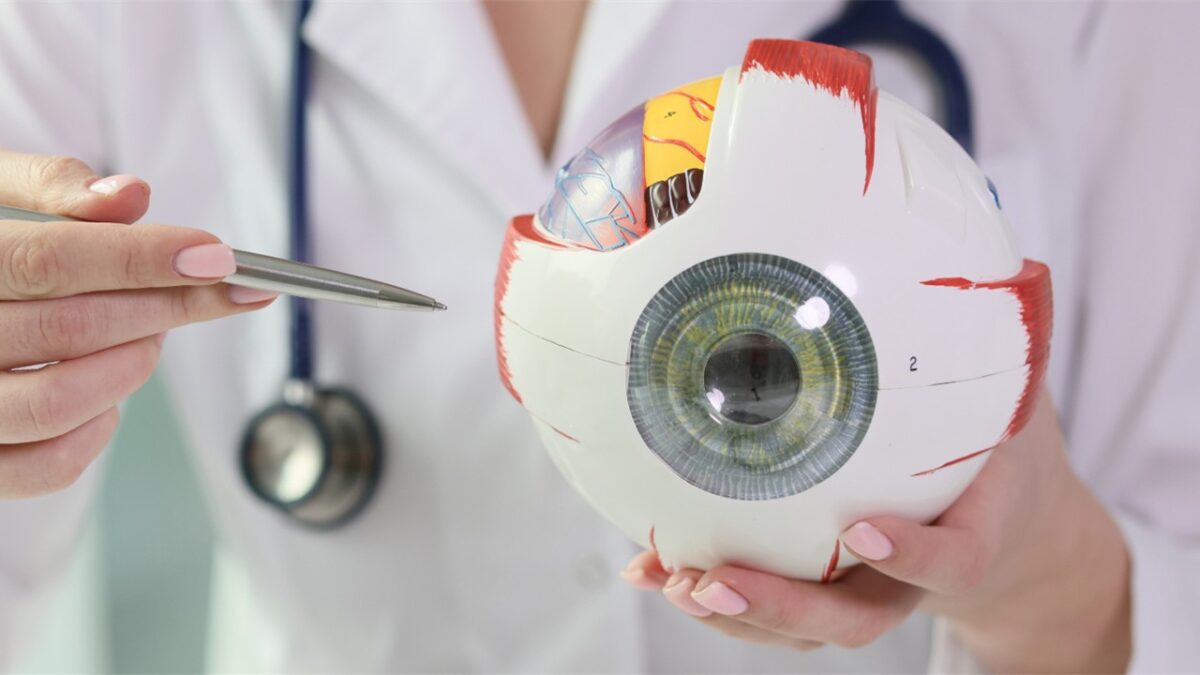
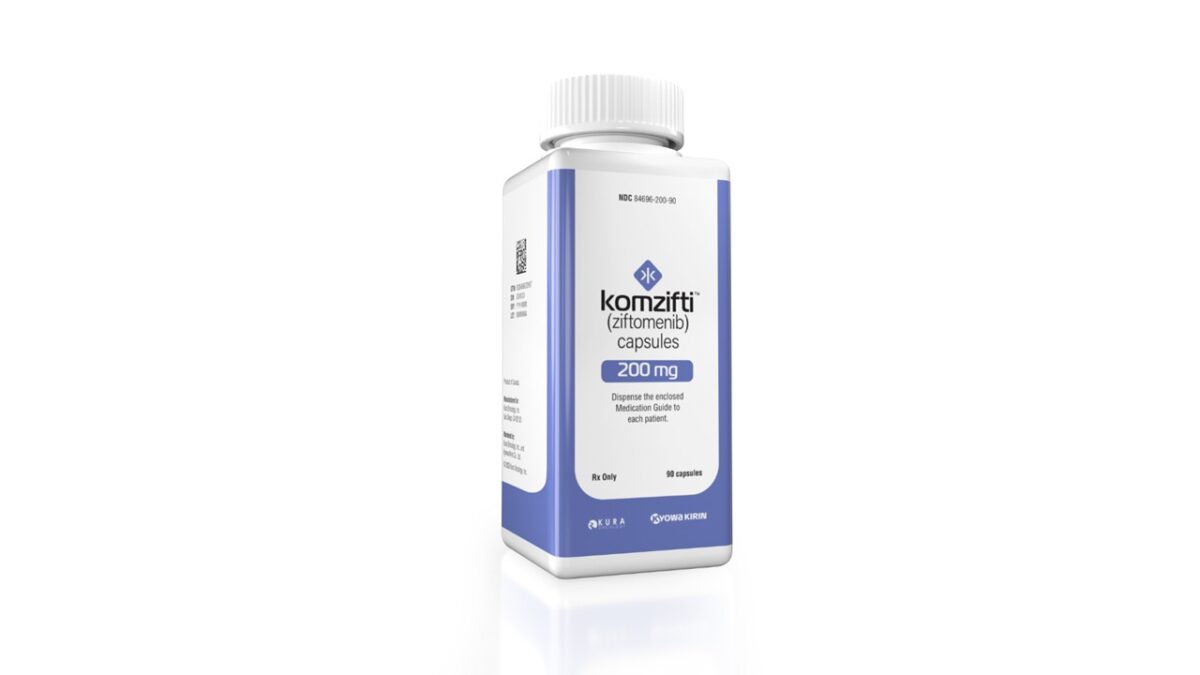
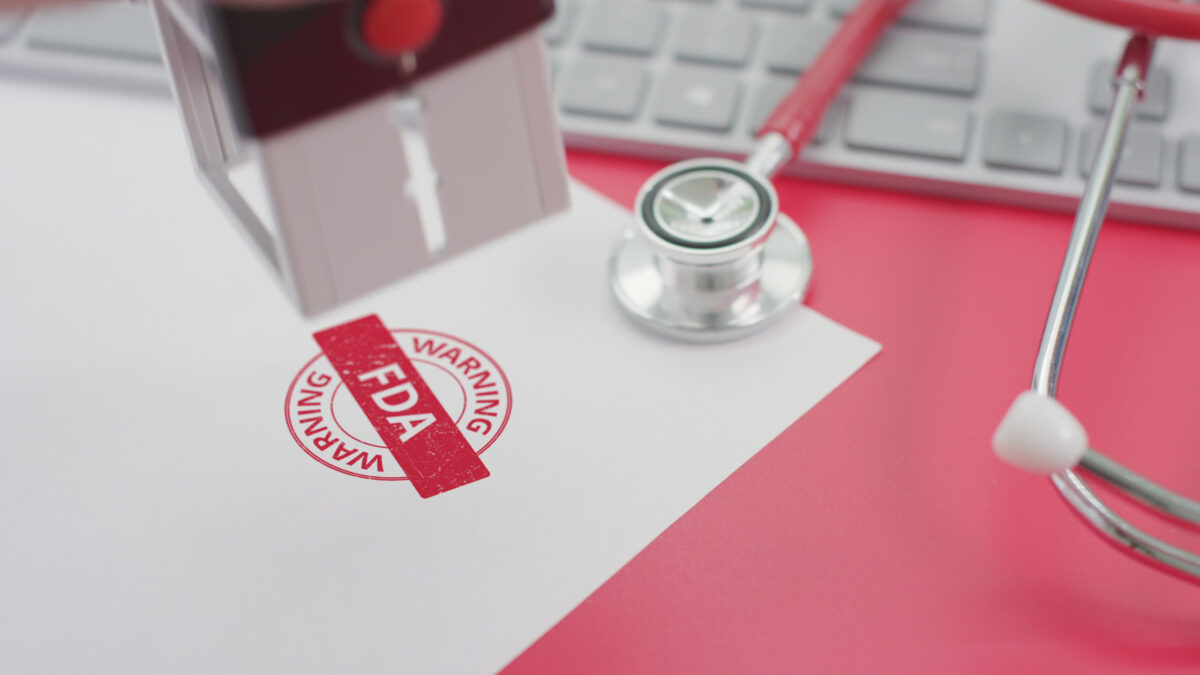

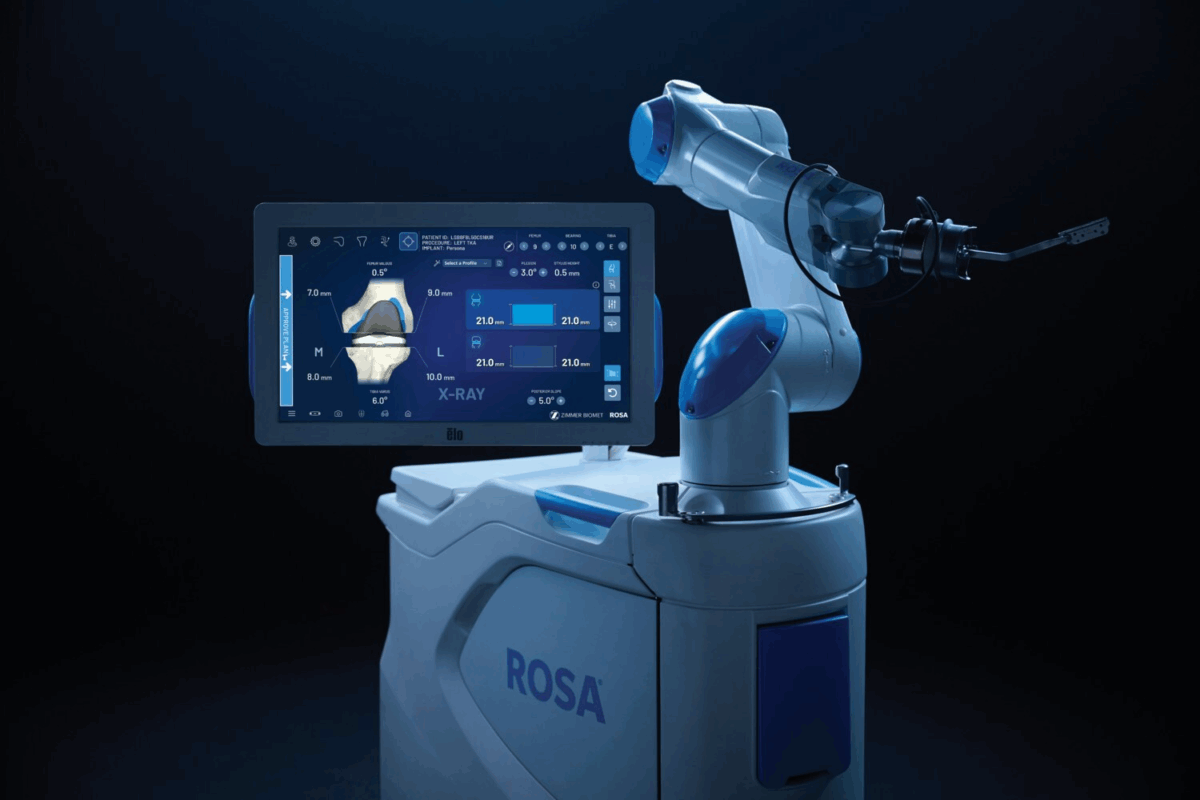





Join or login to leave a comment
JOIN LOGIN